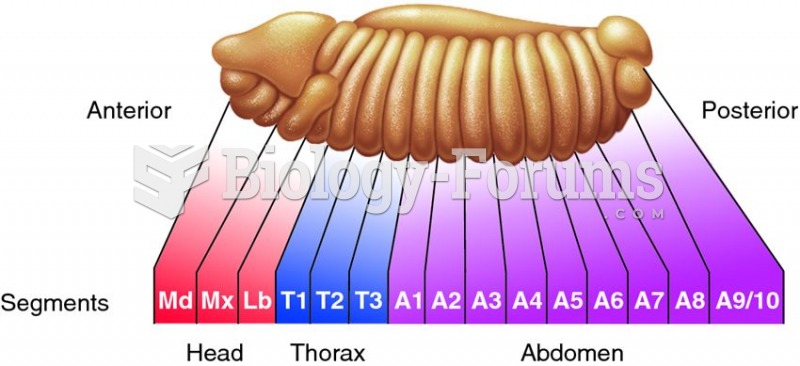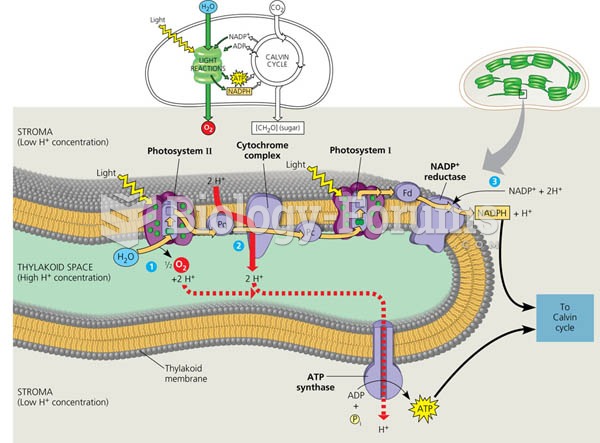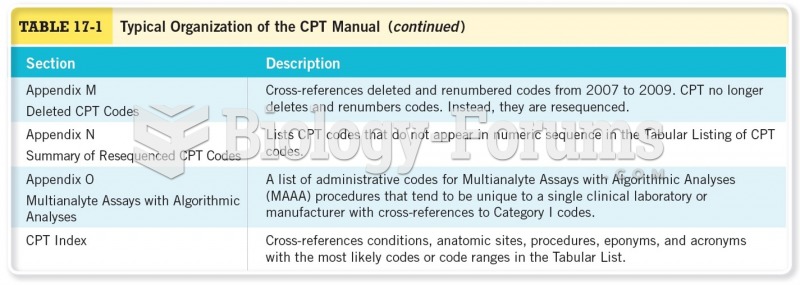Answer to Question 1
Answer: E
Explanation: E) Good organization helps the audience understand and accept the message. Good organization saves your audience time in understanding information and saves the writer time and creative energy in producing the message. The technology used is not affected by organization of the message. In longer documents and presentations, you may need to unify a mass of material with a main idea that encompasses all the individual points you want to make.
Answer to Question 2
Answer: Advantages include the following:
Allow writers to plan and control their messages
Can reach geographically dispersed audiences
Offer a permanent, verifiable record
Minimize the distortion that can accompany oral messages
Can be used to avoid immediate interactions
Deemphasize any inappropriate emotional components
Give recipients time to process messages before responding (compared to oral communication)
Messages can be delivered quickly
Can reach geographically dispersed audiences
Flexibility of multiple formats and channels, from microblogs to wikis
Flexibility to structure messages in creative ways, such as writing a headline on Twitter and linking to the full message on a blog
Ability to link to related and more in-depth information
Can increase accessibility and openness in an organization through broader sharing
Enable audience interaction through social media features Ease of integrating with other media types, such as embedded videos or photos
Disadvantages include:
Can be limited in terms of reach and capability (e.g., on Twitter you can reach only those people who follow you or search for you)
Require Internet or mobile phone connectivity
Vulnerable to security and privacy problems
Are easy to overuse (sending too many messages to too many recipients)
Create privacy risks and concerns (exposing confidential data; employer monitoring; accidental forwarding)
Entail security risks (viruses, spyware; network breaches)
Create productivity concerns (frequent interruptions; nonbusiness usage)







